Nine Times Black America Bore The Brunt of Environmental Racism
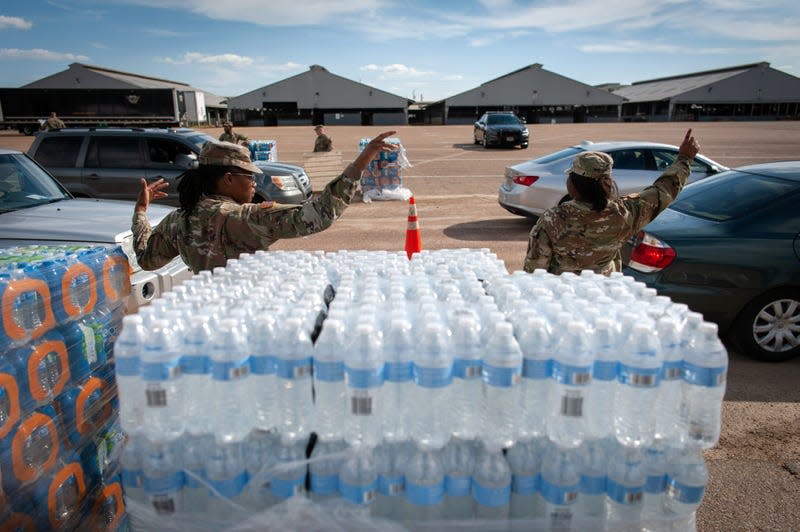
JACKSON, USA - September 1: Mississippi National Guard members direct traffic at a water distribution site at the Mississippi State Fairgrounds in Jackson, Mississippi on September, 1, 2022.
Nearly a decade after the water crisis in Flint, Mich. was first brought to national attention, residents still don’t have justice. Thanks to a recent court ruling, it looks like they may never get it.
The news out of Flint highlights the environmental conditions Black Americans are simply expected to endure. Throughout the country, Black communities are bearing the brunt of the climate and environmental crisis. While you’ve probably heard about Flint, there are plenty of other environmental crises impacting Black communities that should definitely be on your radar.
Read more
Six Years Ago, The Most Stylish RPG Ever Revived A Dying Genre
IDIOT OF THE YEAR: The countdown begins as we look back on 2023 (Nos. 50-41)
Researchers Test 2,400-Year-Old Leather and Realize It's Made of Human Skin
We have to start with the case that forced the nation to grapple with these issues. In 2014, Michigan officials switched Flint’s water supply from Detroit to the Flint River to cut costs. It turns out that water was highly corrosive, causing lead to leach from the city’s old pipes into countless people’s homes. Other contaminants were also in the water. At least 12 people died as a result and an estimated 9,000 children were exposed to lead-contaminated water.
What Happened To Flint?

WASHINGTON, DC - MARCH 17: Gov. Rick Snyder, (R-MI), listens to members comments during a House Oversight and Government Reform Committee hearing, about the Flint, Michigan water crisis, on Capitol Hill March 17, 2016 in Washington, DC. The committee is examining how lead ended up in the public drinking water in Flint, Michigan.
Nine years later, the crisis isn’t over. Residents are still complaining that the water is not safe to drink. “There are people still having rashes, bacterial infections. It has not stopped. The Flint water crisis is not over. Flint is not fixed,” one resident told the local Fox affiliate in February. Last month, prosecutors announced that they would no longer pursue charges against former Michigan Gov. Rick Snyder and other state officials for their role in allowing lead into the water supply. Residents will have some relief, as the state agreed to pay them $600 million as a part of a settlement.
Jackson, Mississippi
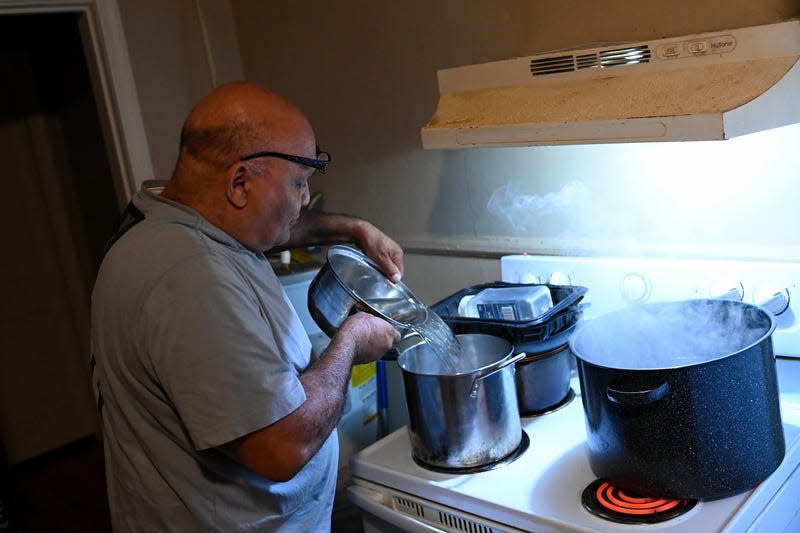
JACKSON, MS - DECEMBER 9: Charles Wilson III boils pots of water in his kitchen to use for his son’s Charles Wilson V bath on December 9, 2022 in Jackson, Mississippi. Wilson III says his son Wilson V started dinking tap water as a baby but switched to bottle water a year ago after he started suffering stomach problems and headaches. Jackson residents have been suffering from unsafe drinking water for years forcing people to use bottle water to drink, cook and brush their teeth. Flooding in August caused the water treatment facility to malfunction leaving residents without water to bathe or even flush toilets.
Jackson has suffered from various water-related crises for years. The majority-Black community went without water for weeks after a system breakdown last summer. Last year, a lawsuit revealed that the city experienced 300 boil water notices over a two-year period. In addition to the the long stretches residents endured without access to fresh water, they also complained of lead contamination. Much of this can be attributed to rampant mismanagement and a lack of investment in the city’s struggling infrastructure system.
What Happened To Jackson, Mississippi?
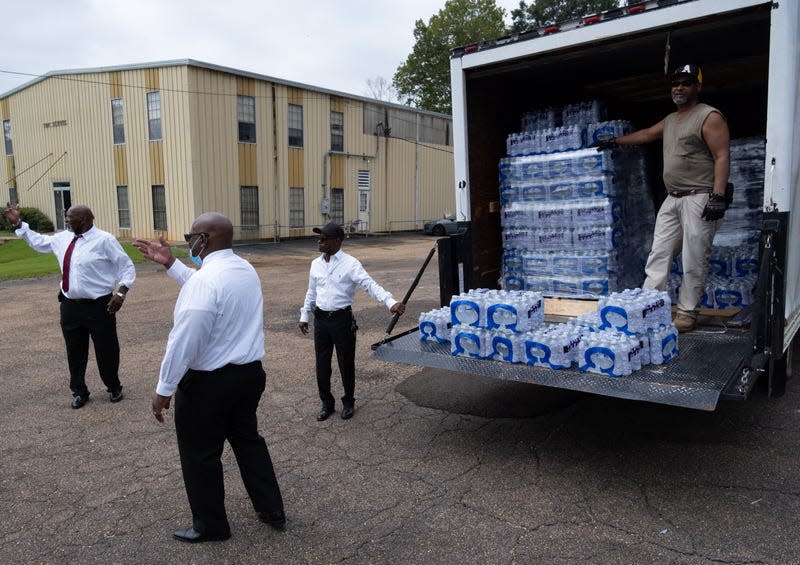
Members of Progressive Morningstar Baptist Church direct people to get bottled water following a Sunday morning service in Jackson, Mississippi, on September 4, 2022. - The church has reached out to various churches from across the state of Mississippi to help supply the church with bottled water to pass out to its congregation and the community as residents in Jackson continue to endure water setbacks. The city of Jackson, where 80 percent of the population is Black and poverty is rife, has experienced water crises for years. But this one is particularly severe, with many residents lacking clean running water for nearly a week.
Whether Jackson is improving or not depends on whom you ask. A September story in the Nation, said that residents thought officials cared more about “privatization” than accountability for the crisis and that the crisis had become even more deeply entrenched. An Associated Press story touted massive investments in the city’s infrastructure, including a $600 million federal investment. There have been a ton of lawsuits and complaints filed over the water crisis in Jackson. However, so far, officials have not been found liable.
Denmark, South Carolina

Denmark is another infamous man-made environmental disaster. In 2008, Denmark officials began pumping a non-EPA approved pesticide, HaloSan, into the water. The chemical was not meant to be ingested and had terrible side effects. Officials kept this up for 10 years. It all came to a head in 2017, when residents figured out what was really in the water.
What Happened To Denmark?

While HaloSan is no longer being pumped into water, there are still concerns about the city’s water quality. The high cost of water is another major issue for residents. Class action lawsuits were filed over the use of HaloSan in the water supply, according to CNN. However, there hasn’t been a settlement in these cases to date.
Pahokee, Florida
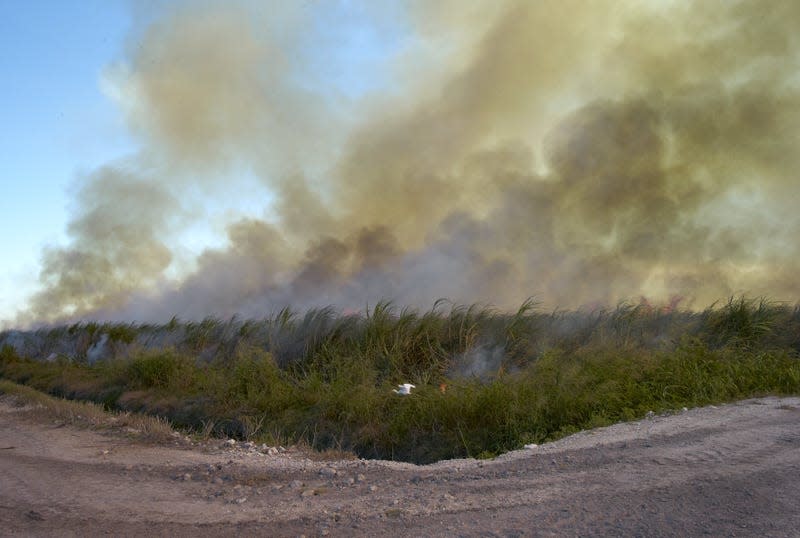
High School Football: Muck Bowl: Scenic view of sugarcane burning in a field. Glades Central and Pahokee football teams, from the destitute sugarcane area known as the Muck, are two of the top programs in the state. Palm Beach County, FL 11/15/2009
Every year residents of the predominantly Black and Latino community of Pahokee, Florida deal with a disturbing weather event known as “Black snow.” In reality, the “Black snow” is ash from burning sugar cane falling onto their homes of and on between October to May. This ash causes difficulty breathing and has cancer-causing properties.
What Happened to Pahokee, Florida?
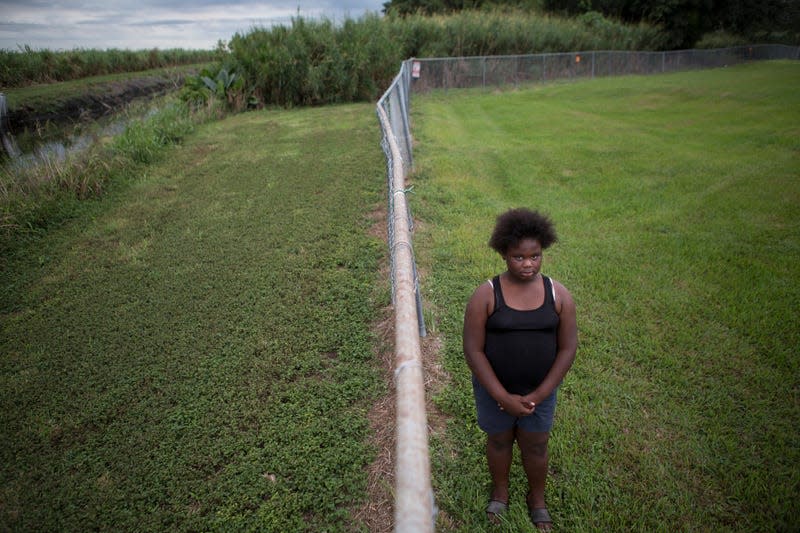
In this Nov. 4, 2019 photo, Kaniyah Patterson stands in front of a sugar cane field behind her home in Pahokee, Fla. Patterson says that smoke from sugar cane burns trigger her asthma. For generations, Florida’s sugar cane farmers have legally set fire to their fields prior to harvest. But the smoke is a nuisance for predominantly poor communities near the fields.
Unfortunately, the “Black snow” continues to be a problem for residents. Research from Florida State University last year, found concerning health links between the burning of the sugar cane, including such as asthma, lung cancer and cardiovascular issues. Young activists have begun to push for regulations on the burning of sugar cane in light of the disastrous health effects for the local community.
Detroit, Michigan
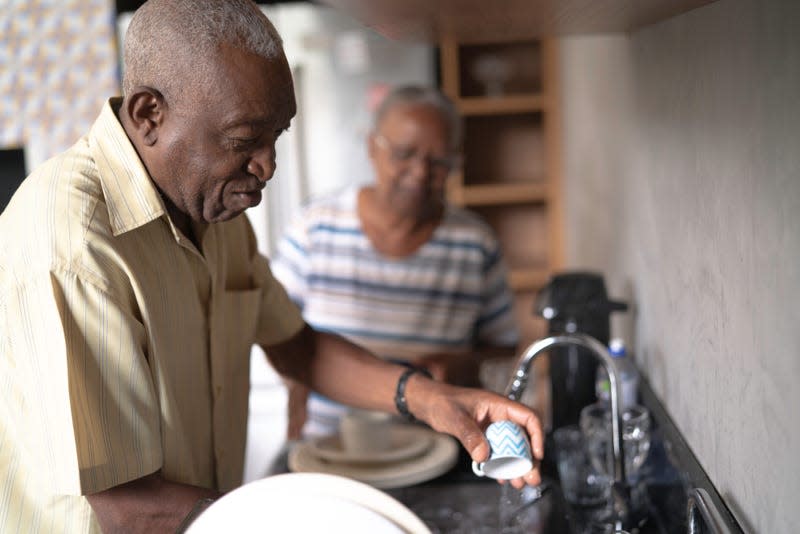
Suffering from a financial crisis, Detroit began shutting off water to over 19,000 residents behind on their bills in 2014. Flooding is another issue in the Motor City: In 2021, residents filed a class-action lawsuit against The Detroit Water and Sewerage Department and the Great Lakes Water Authority, alleging that they mishandled the situation leading to extensive flood damage.
What Happened To Detroit?
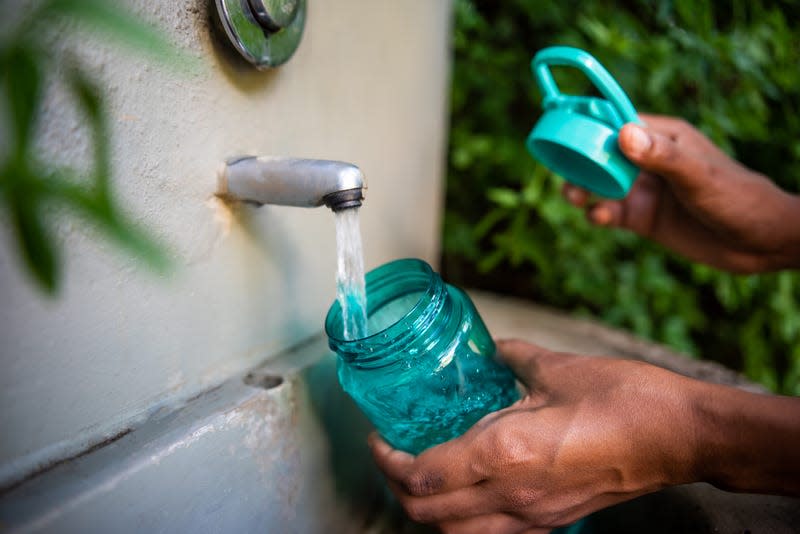
The city issued a temporary moratorium on water shut-offs, but that ended in January of this year. The city also rolled out a new affordability plan aimed at lowering water bill costs for low-income residents.
Newark, New Jersey

In 2016, record-high levels of lead were detected in the drinking water in Newark schools. And in 2019, lead levels were some of the highest of any major city in the country.
What Happened In Newark, New Jersey?

Senator Cory Booker, a Democrat from New Jersey, speaks during a meeting with U.S. Vice President Kamala Harris and residents at the Training Recreation Education Center in Newark, New Jersey, U.S., on Friday, Feb. 11, 2022. Harris is participating in the roundtable to highlight funding in the Bipartisan Infrastructure Law to remove and replace lead pipes.
Things have improved in Newark. After a settlement was reached, the city replaced nearly all of the lead pipes in Newark with copper pipes. The city also provided free water testing and filters to residents.
Hurricane Katrina

NEW ORLEANS, LOUISIANA: AUGUST 30: A young child is lifted onto a truck after being rescued and brought ashore in a boat after Hurricane Katrina August 30, 2005 in New Orleans, Louisiana. Katrina made landfall as a Category 4 storm with sustained winds in excess of 135 mph.
In 2005, Hurricane Katrina devastated the city of New Orleans killing nearly 1,400 people. Most of those deaths were among Black Americans. Thousands of Black residents of the city were left stranded without food, water, or shelter as flood waters rose. “George Bush doesn’t care about Black people,” remarked Kanye West during a now infamous television appearance, referencing the then-Presidents mismanagement of the disaster.
What Happened After Katrina?

A jazz band busking, playing in the street on Bourbon Street, French Quarter, New Orleans, Louisiana, USA. walking down the street in the French Quarter,
Although the city was largely re-built, the Black community has not recovered at the same rate in the intervening years. Many Black residents were unable to return to the city after their homes and livelihoods were lost.
Cancer Alley, Louisiana
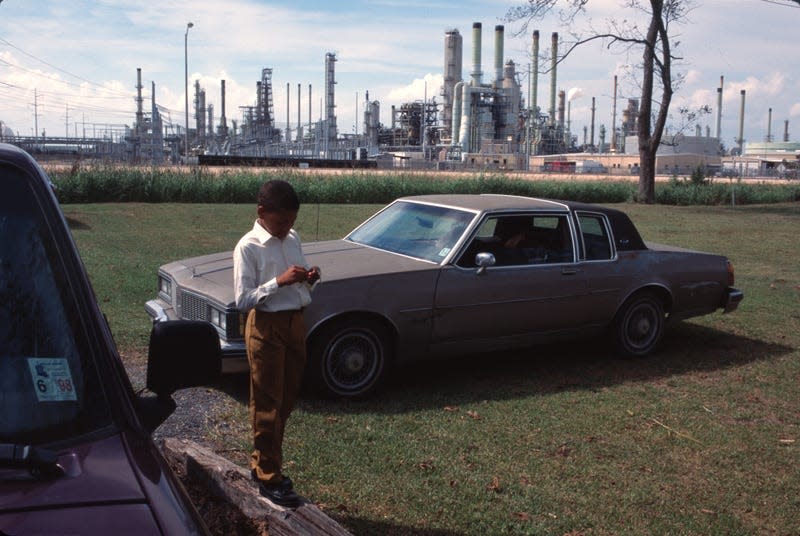
LOUISIANA- OCTOBER: Oil and chemical refinery plants cover the landscape, next to African American communities along the Mississippi River, October, 1998, south of Baton Rouge, Louisiana.
“Cancer Alley” is the nickname given to the infamous 85-mile stretch of heavily polluted land in Louisiana. Over 200 industrial plants line the predominantly Black community. For decades, residents have breathed in cancer-causing fumes. According to the EPA, Black residents within this stretch of land are 50 times more likely to develop cancer than the national average.
What Happened to Cancer Alley?

Robert Taylor poses in his home in Reserve, Louisiana, on August 12, 2021. - Silos, smokestacks and brown pools of water line the banks of the Mississippi River in Louisiana, where scores of refineries and petrochemical plants have metastasized over a few decades. Welcome to “Cancer Alley.” Industrial pollution on this ribbon of land between New Orleans and Baton Rouge puts the mostly African-American residents at nearly 50 times the risk of developing cancer than the national average, according to the US Environmental Protection Agency (EPA).
The EPA opened an investigation into cancer alley in April 2022 on the basis that Louisiana officials may have violated the Civil Rights Act of 1964 by “subjecting Black residents to ongoing disproportionate and adverse health and environmental impacts.” However, they abruptly ended their investigation in June. The Department of Justice filed a lawsuit against the petrochemical companies involved in pumping poison into these communities earlier this year. But residents are still subjected to horrific conditions.
Warren County, North Carolina
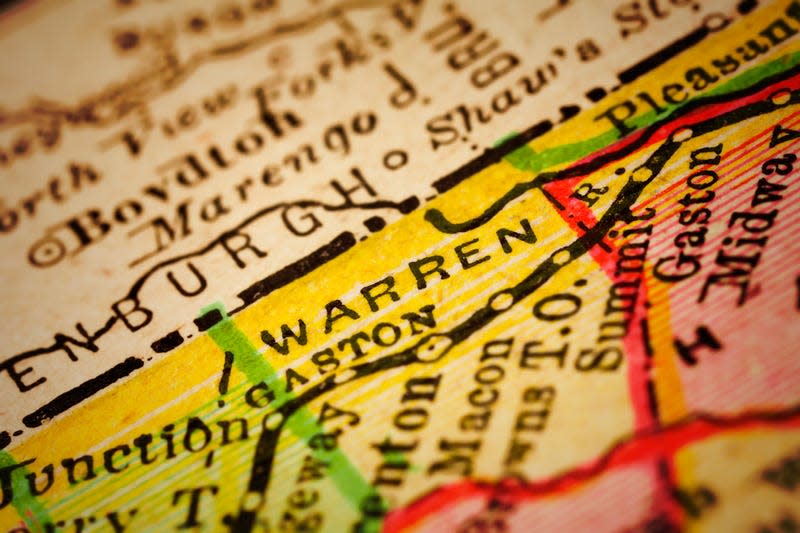
In 1978, a trucking company dumped contaminated liquid along 240 miles of roadway in 14 rural North Carolina counties at night. The state responded by moving that toxic waste to a dump site in Warren County, a Black community with high poverty levels. The NAACP protested the decision, arguing that it would contaminate drinking water for residents who mostly relied on wells. The landfill was ultimately moved there without the consent of residents.
What Happened to Warren County?

The events in Warren County are credited for launching the environmental justice movement. After years of protest, officials eventually detoxified the waste site.
More from The Root
The Google Play Store Ruling Is Bad News for Longtime Android Phone Users
Russia Has A New Electric Car That's Totally Going To Destroy Tesla
Sign up for The Root's Newsletter. For the latest news, Facebook, Twitter and Instagram.

